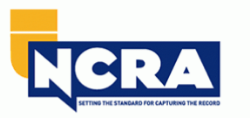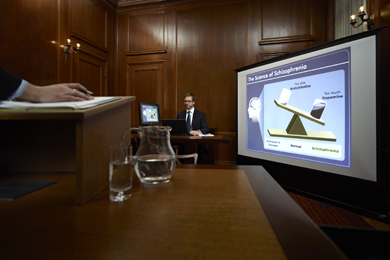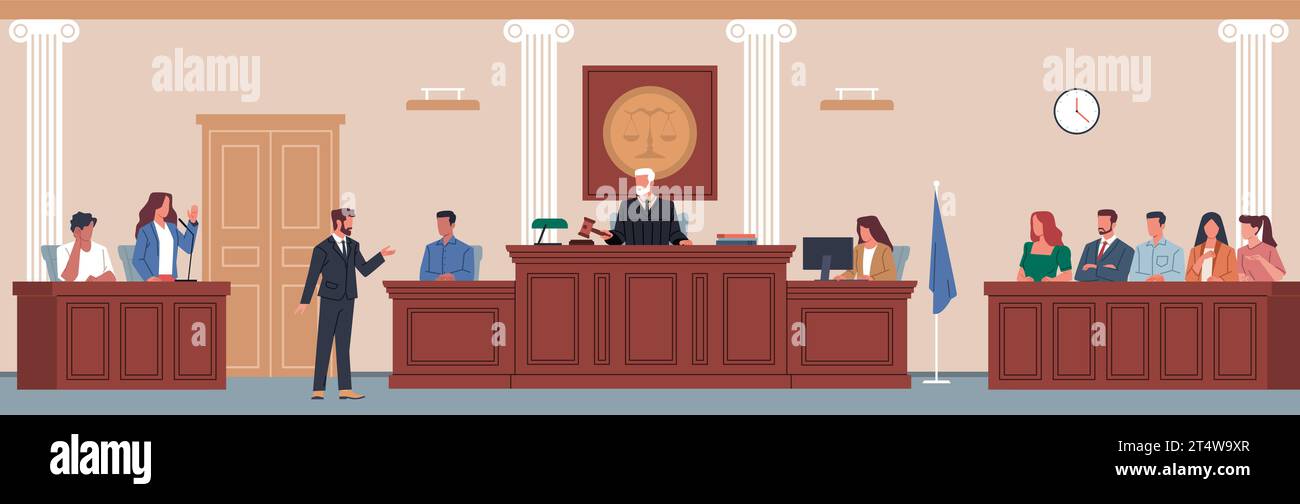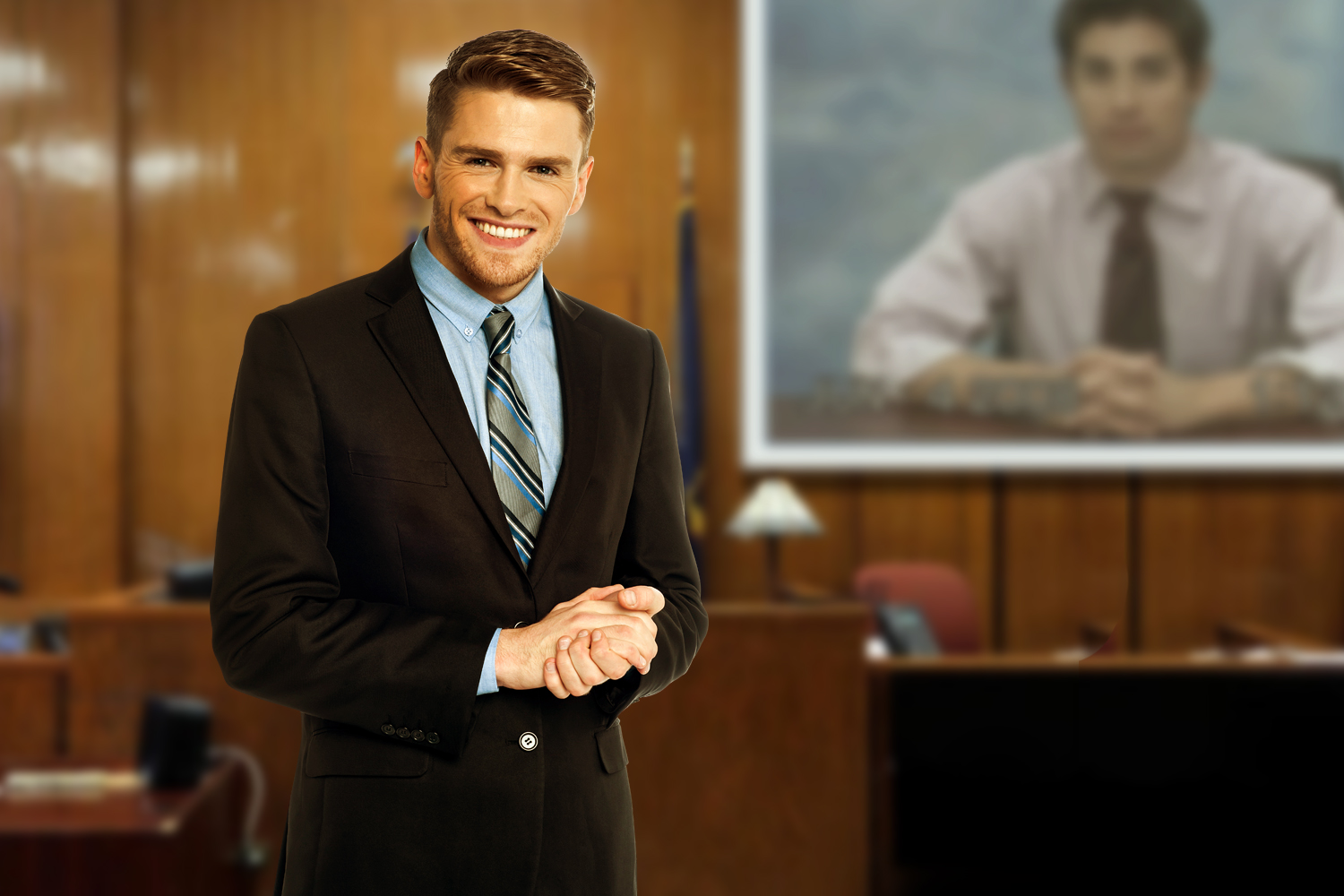Astound the Jury: Vital Aspects of a Powerful Test Presentation
In the realm of legal advocacy, the capability to captivate a jury is critical to the result of a trial (trial presentation). Essential components such as recognizing the target market, crafting a compelling narrative, and understanding spoken and non-verbal communication are essential elements of an efficient discussion. The strategic usage of visual help can significantly boost comprehension and retention of vital debates. As these variables link, they develop a cohesive method that not just educates but also engages jurors on multiple levels. What specific strategies can truly transform a common discussion into a remarkable experience for the court?

Comprehending Your Target Market
Understanding your target market is an essential element of efficient trial presentation. An effective presentation depends upon the capability to understand the demographics, worths, and tendencies of jurors. This comprehension informs how disagreements are mounted, proof exists, and psychological appeals are crafted, making certain that the message resonates with the jurors on a personal level.
Research study suggests that jurors come from varied histories and might have varying levels of recognizing concerning legal procedures (trial presentation). Therefore, it is critical to prevent lawful lingo that can alienate or confuse them. Instead, utilizing clear, relatable language promotes interaction and comprehension. Additionally, understanding the jurors' potential prejudices and life experiences permits the trial speaker to expect objections and address concerns proactively.
Efficient trial presentation likewise involves observing jurors' responses during the proceedings. Being in harmony with non-verbal cues can provide insight right into their engagement and receptivity, enabling real-time adjustments in approach. Ultimately, an extensive understanding of the target market not only improves communication but additionally builds rapport, raising the likelihood of a desirable result. Engaging with jurors as individuals rather than a cumulative device is crucial in cultivating a strong connection in the court.

Crafting an Engaging Narrative
Crafting a compelling story is important in directing jurors with the complexities of a case. A well-structured narrative not just streamlines detailed lawful principles but also engages jurors on a psychological degree, making the info much more relatable and memorable.
To attain this, lawyers should begin by identifying the core message they want to communicate. This message ought to reverberate with the jurors' worths and experiences, cultivating a link that transcends mere realities. The story needs to unravel rationally, offering events in a clear series to prevent complication. This sequential method can aid jurors adhere to the progression of events, stressing reason and effect.
Including human components-- such as personal tales or narratives-- can additionally boost the story's effect. These aspects stimulate compassion, enabling jurors to visualize the consequences of the instance on real lives. Additionally, utilizing a regular motif throughout the discussion strengthens the primary debate, making it less complicated for jurors to retain crucial points.
Inevitably, a compelling story changes a test presentation from a plain address of realities into an influential tale that captivates the jury, motivating them to mull over with both reason and emotion.
Using Aesthetic Help
Incorporating visual help into a trial presentation can considerably enhance jurors' comprehension and retention of information. Visual materials such as charts, layouts, pictures, and videos can transform complicated legal principles and proof right into easily absorbable layouts. By involving multiple detects, these help allow jurors to picture the instance's crucial elements, making it less complicated for them to comply with along and comprehend elaborate details.
Furthermore, well-designed visual aids can emphasize crucial points and highlight connections in between different pieces of proof. As an example, timelines can successfully highlight the sequence of events, while annotated photos can clear up specific information relevant to the situation. This not only help in understanding but additionally strengthens the story presented by the attorney.
It is important, however, to guarantee that visual help are appropriate, clear, and expertly provided. Excessively complicated or messy visuals might bewilder jurors and diminish the message. When used carefully, aesthetic help offer to enhance the oral debates and improve the total impact of the test discussion. Inevitably, reliable aesthetic interaction can be an effective device in convincing jurors and assisting them reach informed verdicts.
Understanding Verbal Interaction
Efficient click here to find out more verbal communication is vital in a test presentation, as it serves as the main ways with which attorneys share their debates and attach with jurors. Simpleness in language fosters understanding and aids jurors comprehend complicated concerns presented throughout the test.
Additionally, tone and pacing significantly impact how messages are received. A certain tone communicates authority, while appropriate pacing enables jurors to take in info without feeling overwhelmed. Attorneys ought to additionally vary their singing inflections to emphasize bottom lines and maintain jurors' rate of interest throughout the presentation.
Additionally, the company of verbal arguments is crucial. Structuring the narrative realistically and coherently aids jurors adhere to the attorney's logic, making it simpler for them to retain important details. Using influential strategies, such as narration, can likewise boost the psychological vibration of the disagreements provided, therefore developing a much more profound connection with jurors.
Eventually, grasping verbal communication not only like it enhances an attorney's situation but additionally fosters trust and rapport with the jury, considerably boosting the chances of a beneficial judgment.

Involving With Body Movement
Nonverbal interaction plays an important role in trial discussions, frequently communicating messages that words alone can not share. Body language, encompassing gestures, pose, face expressions, and eye contact, significantly influences exactly how jurors perceive the reputation and genuineness of the speaker. A positive stance, with shoulders back and an open stance, can infuse depend on, while closed-off body movement might suggest defensiveness or unpredictability.

Faces need to reflect the feelings linked with the situation, strengthening the narrative existing. For example, an honest expression throughout an emotional minute can elicit empathy and enhance the psychological allure. Eventually, mastering body language is important Learn More for effective trial discussions, as it enhances verbal communication and establishes a compelling existence that reverberates with the jury.
Verdict
To conclude, astounding the jury demands a calculated strategy that includes recognizing the target market, crafting an engaging narrative, using aesthetic help, grasping verbal interaction, and engaging with body movement. Each component plays a vital function in developing a powerful trial discussion that resonates with jurors on both psychological and intellectual levels (trial presentation). By integrating these parts successfully, lawyers can considerably enhance their capacity to convince and influence jury decision-making